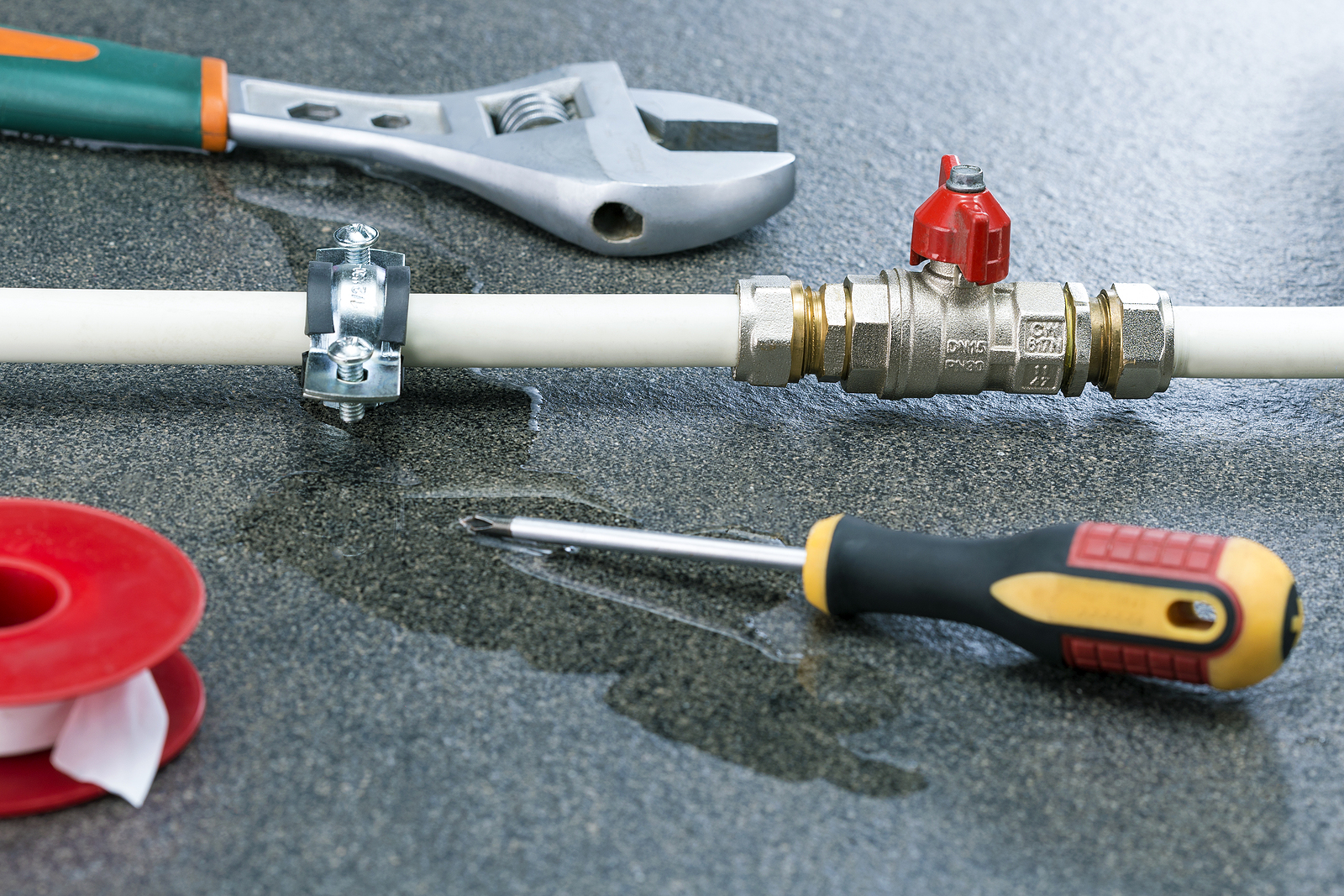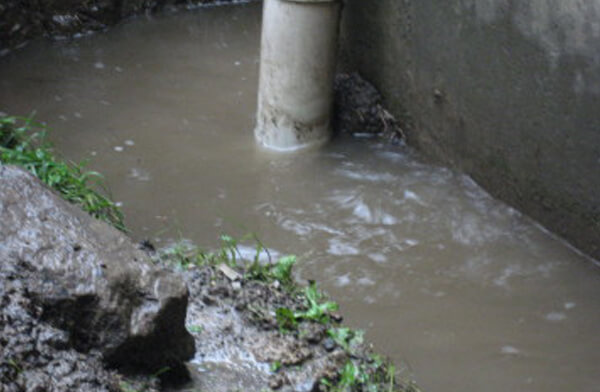Guide To Water Leak Detection At Home
Guide To Water Leak Detection At Home
Blog Article
We have uncovered this post about Locating water leaks below on the web and think it made good sense to talk about it with you on this site.

Early detection of leaking water lines can alleviate a prospective calamity. Some little water leaks may not be visible.
1. Take A Look At the Water Meter
Every home has a water meter. Examining it is a surefire manner in which helps you find leaks. For beginners, shut off all the water resources. Guarantee nobody will purge, make use of the faucet, shower, run the washing equipment or dishwasher. From there, most likely to the meter as well as watch if it will alter. Since nobody is using it, there ought to be no activities. That shows a fast-moving leak if it relocates. Furthermore, if you find no changes, wait an hour or more and inspect back again. This implies you might have a slow-moving leak that might also be below ground.
2. Examine Water Usage
Evaluate your water bills and also track your water intake. As the one paying it, you should see if there are any discrepancies. If you identify sudden changes, regardless of your usage being the same, it implies that you have leaks in your plumbing system. Bear in mind, your water bill need to drop under the exact same array on a monthly basis. An abrupt spike in your expense indicates a fast-moving leakage.
A steady boost every month, also with the same behaviors, shows you have a slow leak that's additionally slowly escalating. Call a plumber to extensively examine your property, specifically if you feel a cozy area on your floor with piping below.
3. Do a Food Coloring Examination
When it comes to water intake, 30% comes from bathrooms. If the shade in some way infiltrates your dish during that time without flushing, there's a leak in between the container and bowl.
4. Asses Outside Lines
Don't neglect to examine your outdoor water lines too. Must water leak out of the link, you have a loose rubber gasket. One small leak can squander lots of water and spike your water bill.
5. Inspect as well as Assess the Circumstance
Homeowners ought to make it a behavior to inspect under the sink counters as well as even inside cupboards for any bad odor or mold development. These two warnings show a leak so prompt focus is needed. Doing regular examinations, even bi-annually, can save you from a major problem.
Examine for discolorations as well as deteriorating as many appliances and pipelines have a life expectancy. If you think dripping water lines in your plumbing system, don't wait for it to escalate.
Early discovery of dripping water lines can alleviate a potential disaster. Some little water leaks might not be visible. Examining it is a surefire way that aids you discover leaks. One tiny leak can lose loads of water and also surge your water expense.
If you presume leaking water lines in your plumbing system, do not wait for it to rise.
WARNING SIGNS OF WATER LEAKAGE BEHIND THE WALL
PERSISTENT MUSTY ODORS
As water slowly drips from a leaky pipe inside the wall, flooring and sheetrock stay damp and develop an odor similar to wet cardboard. It generates a musty smell that can help you find hidden leaks.
MOLD IN UNUSUAL AREAS
Mold usually grows in wet areas like kitchens, baths and laundry rooms. If you spot the stuff on walls or baseboards in other rooms of the house, it’s a good indicator of undetected water leaks.
STAINS THAT GROW
When mold thrives around a leaky pipe, it sometimes takes hold on the inside surface of the affected wall. A growing stain on otherwise clean sheetrock is often your sign of a hidden plumbing problem.
PEELING OR BUBBLING WALLPAPER / PAINT
This clue is easy to miss in rooms that don’t get much use. When you see wallpaper separating along seams or paint bubbling or flaking off the wall, blame sheetrock that stays wet because of an undetected leak.
BUCKLED CEILINGS AND STAINED FLOORS
If ceilings or floors in bathrooms, kitchens or laundry areas develop structural problems, don’t rule out constant damp inside the walls. Wet sheetrock can affect adjacent framing, flooring and ceilings.
https://www.servicemasterbyzaba.com/blog/how-to-detect-water-leakage-in-walls/

I found that blog entry on Hacks to detect leaks while doing a lookup on the search engines. Those who enjoyed reading our article if you please remember to share it. Thanks so much for your time spent reading it.
Report this page